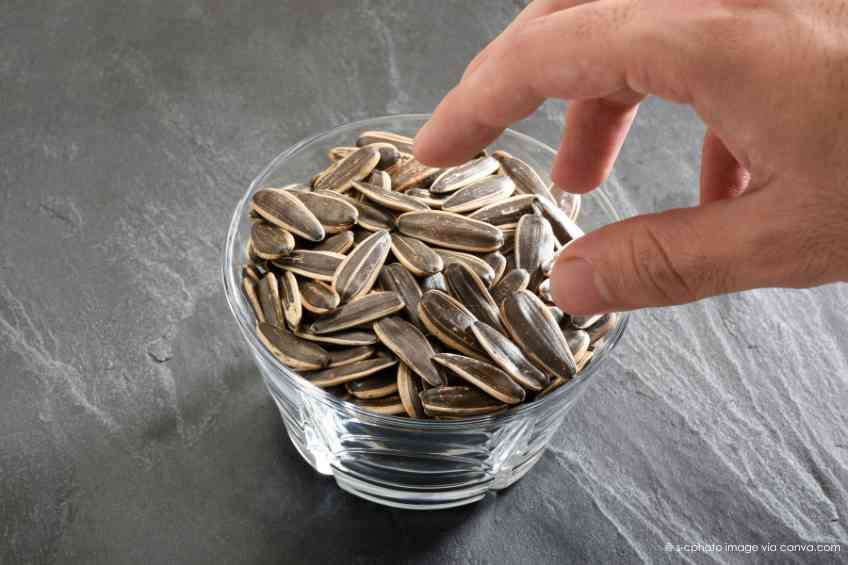The Skinny:
Judging a book or a vegetable by its cover is always a bad idea. This is particularly true when it comes to celeriac. Some claim it resembles the mandrake roots from Harry Potter’s herbology class—without the screaming involved. Maybe this is true. But looks, at least when judging nutritional value, can be deceiving. This wintertime vegetable, which is available as juice and in powdered form, is stuffed with powerful health benefits. Those in the know, in fact, have been touting its healing powers for thousands of years. It even got play in the Iliad and Odyssey under the billing of Selinon. Admittedly, it historically hasn’t been popular in the U.S., but demand has skyrocketed in the last five years for, among other reasons, being that celeriac has now achieved a low-calorie celebrity-status food. What are its other benefits? WellWell is here to fill in the blanks. Read on.
The Slate:
Dieter’s Delight
Being low in calories, fat and cholesterol and high in carbs and fiber makes celeriac great for those on a diet. The United States Department of Agriculture reports that one cup of raw celeriac has just 65.5 calories, 2.34 grams of protein, 0.47 grams of fat, 14.40 grams of carbohydrates and 2.81 grams of fiber. It also doesn’t have any cholesterol. It can be roasted, baked or boiled and used in soups or stews. It is a great alternative to potatoes with about half the carbohydrates.
Better Bones
Those looking to build better bones should take a glance at celeriac. One cup has about 13 percent of the daily recommended value (DRV) of vitamin C, which is needed for bone-building collagens and to support bone density. This same cup of celeriac also contains 80 percent of the DRV for vitamin K, which helps blood clotting and increases bone mineral density, while decreasing the risk of fractures.
Digestion Aid
The almost three grams of dietary fiber, 11 percent of the DRV, is good news for digestion. It supports good gut bacteria and reduces inflammation in the intestine. This fiber also helps with issues like gas, IBS and bloating, while offsetting diarrhea and constipation.
Fights Blood Pressure
The Chinese have traditionally used celeriac to fight high blood pressure and with good reason. A single cup of celeriac boasts a positive ratio of 156 milligrams of sodium to 468 milligrams of potassium. This blend relaxes blood vessels and lowers blood pressure. Its diuretic properties also lead to increased urine production and the removal of excess fluids.
Anti-Inflammatory
The Chinese have also used celery root as an anti-inflammatory, a notion that is supported by the flavonoid in celeriac known as apigenin. This antioxidant has anti-inflammatory powers that battle harmful free radicals that can damage healthy cells. These powers are critical because damaged cells can lead to early aging, cardiovascular disease, cancer and neurological problems like Alzheimer’s disease.
Eyes Up:
Are you a celeriac lover? Tell us why at info@wellwellusa.com.
WellWell editors independently identify services and products of interest. If readers purchase anything through the associated links, WellWell may earn a commission, which goes to support our work. Learn More.













